14
Cheat Sheets
We’ve covered an awful lot throughout this book, and with the exam being a closed book format, it can be hard to remember everything! Therefore, this chapter introduces some revision aids in the form of single-page cheat sheets. These are designed to both bolster your learning and serve as a desktop reference to come back to during the day-to-day activites in your role as a Salesforce Data Architect.
In this chapter, you’ll find cheat sheets for the key topics covered in this book. Let’s start with data modeling and database design.
Database modeling and database design
The following resources can be used to refresh your memory on the concepts we introduced on the topic of data modeling and database design.
Let’s begin by recapping the data modeling notation we introduced in Chapter 2, Database Modeling and Database Design:

Figure 14.1 – Data modeling notation
Next, let’s look at Many-to-Many relationships:
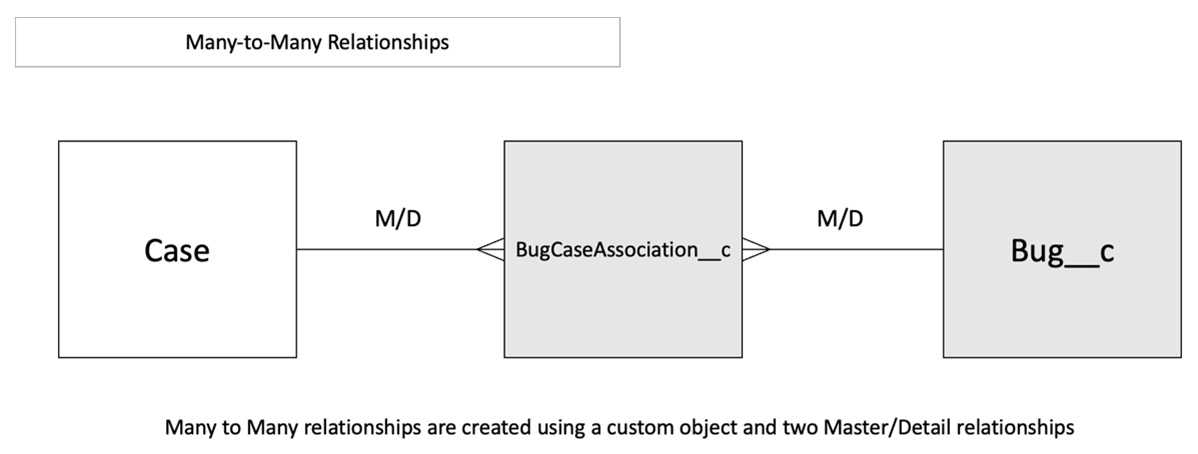
Figure 14.2 – Modeling Many-to-Many relationships
Next up is the sharing model:
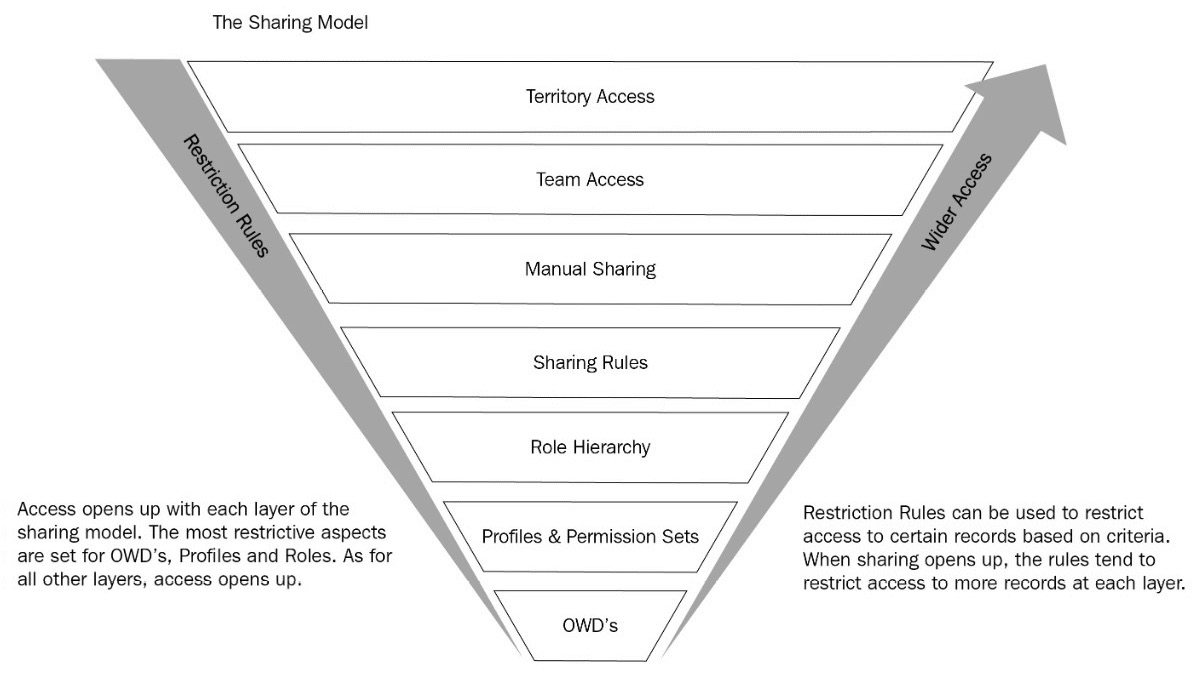
Figure 14.3 – The Sharing model
Finally, we can retouch upon object and field storage:
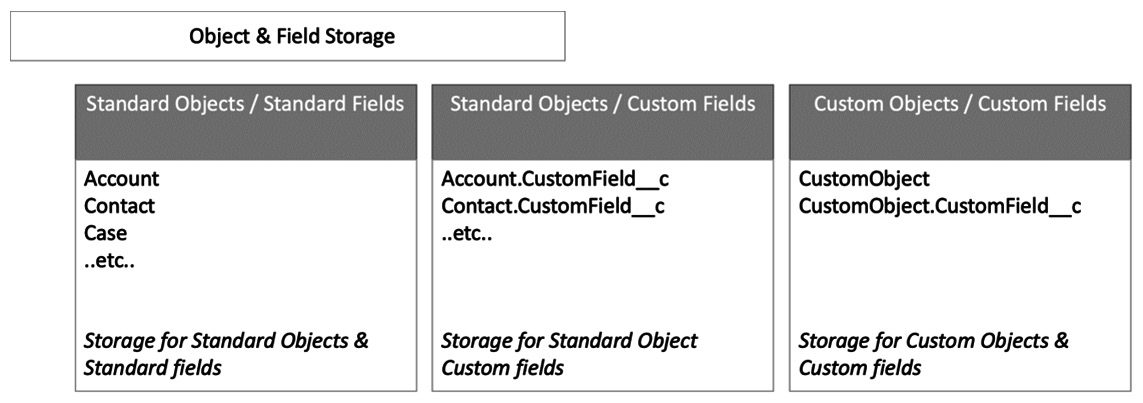
Figure 14.4 – Object and field storage
Now let’s move on to master data management.
Master data management
Let’s now look at the diagrams we introduced on the topic of Master Data Management (MDM).
The following can be used as an aid for the topic of master data management, where we explored an MDM scenario with Salesforce as the keeper for golden record associations:
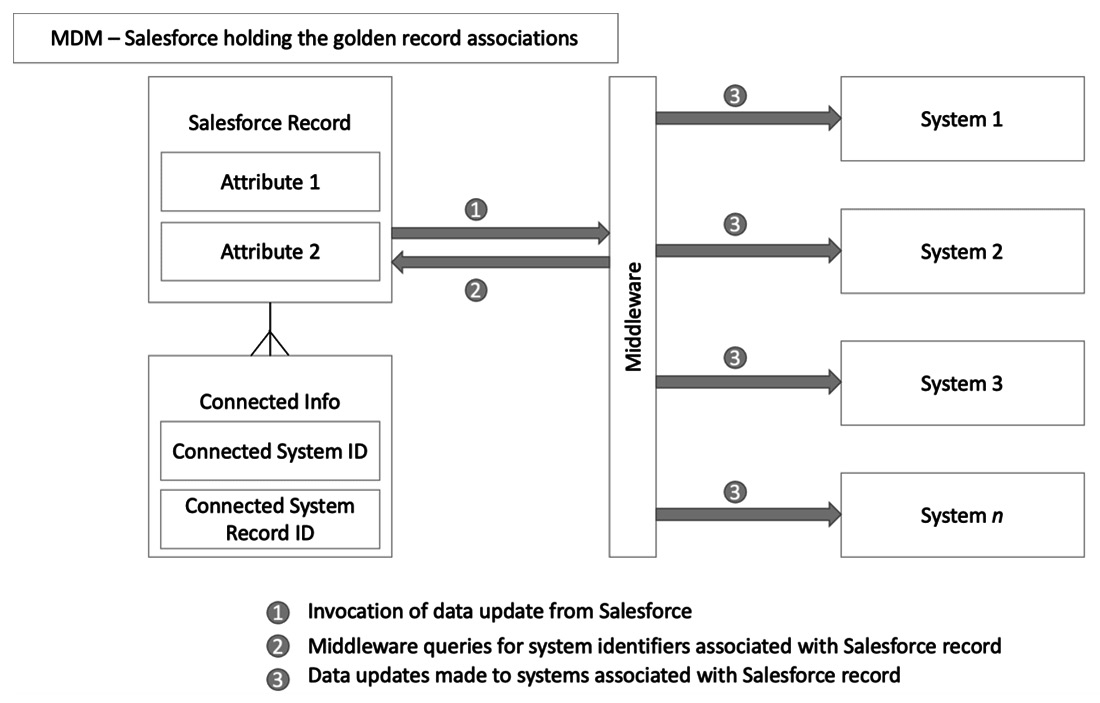
Figure 14.5 – Salesforce holding the golden record associations
The following can be used as an aid for the topic of MDM, where we explored an MDM scenario with middleware as the keeper for golden record associations:
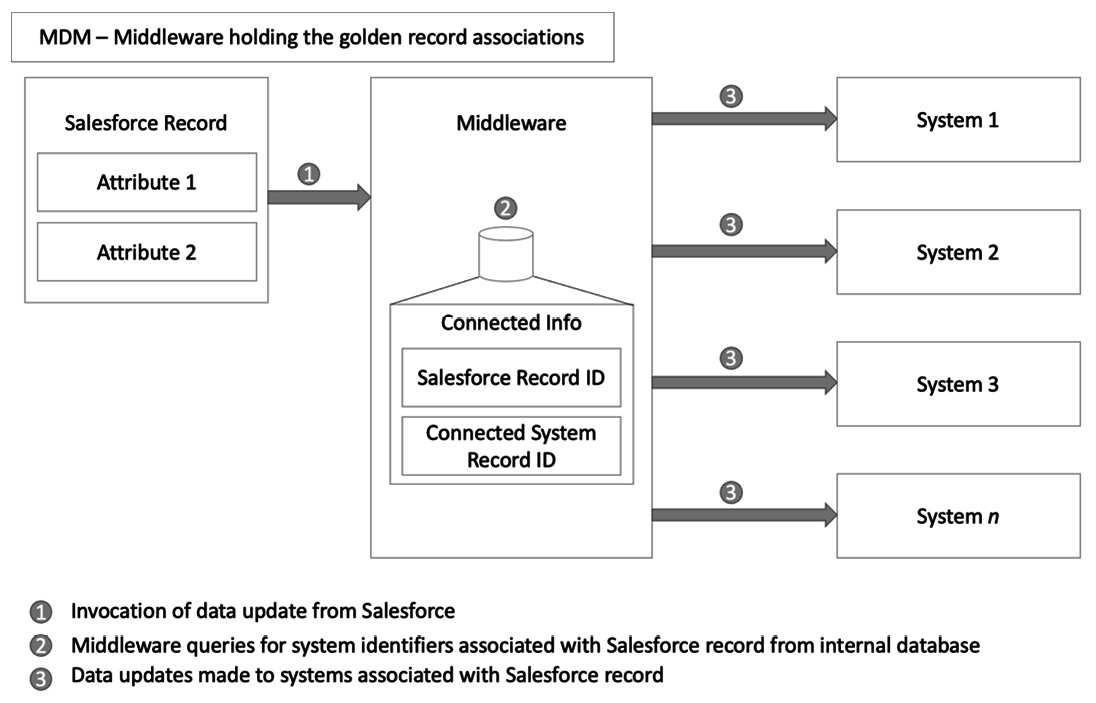
Figure 14.6 – Middleware holding the golden record associations
The following can be used as an aid for the topic of MDM, where we explored an MDM scenario with an external system/registry as the keeper for golden record associations:
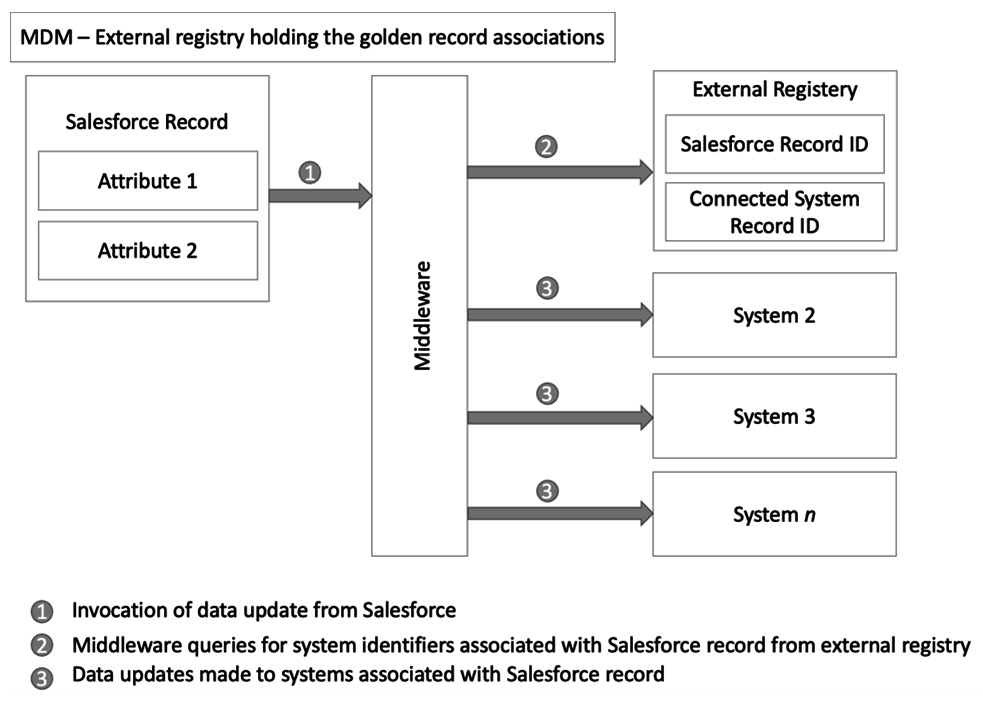
Figure 14.7 – External registry holding the golden record associations
Let’s continue with Salesforce data management.
Salesforce data management
Let’s now look at Salesforce data management revision aids.
Introduced earlier in this book in Chapter 4, Salesforce Data Management, let’s recap the licensing for Experience Cloud so that you can be best equipped when answering questions on Experience Cloud and licensing options:

Figure 14.8 – Salesforce Experience Cloud licensing
Let’s now move on to data governance.
Data governance
In Chapter 5, Data Governance, we introduced the concept of an enterprise data governance strategy.
Let’s recap the enterprise data governance strategy:

Figure 14.9 – Enterprise data governance strategy
Next up, let’s move on to large data volumes.
Large data volumes
Chapter 6, Understanding Large Data Volumes, saw us go in depth into Large Data Volumes (LDVs) in Salesforce, including techniques for mitigation.
We touched upon indexing when exploring LDV, so let’s recap that here:
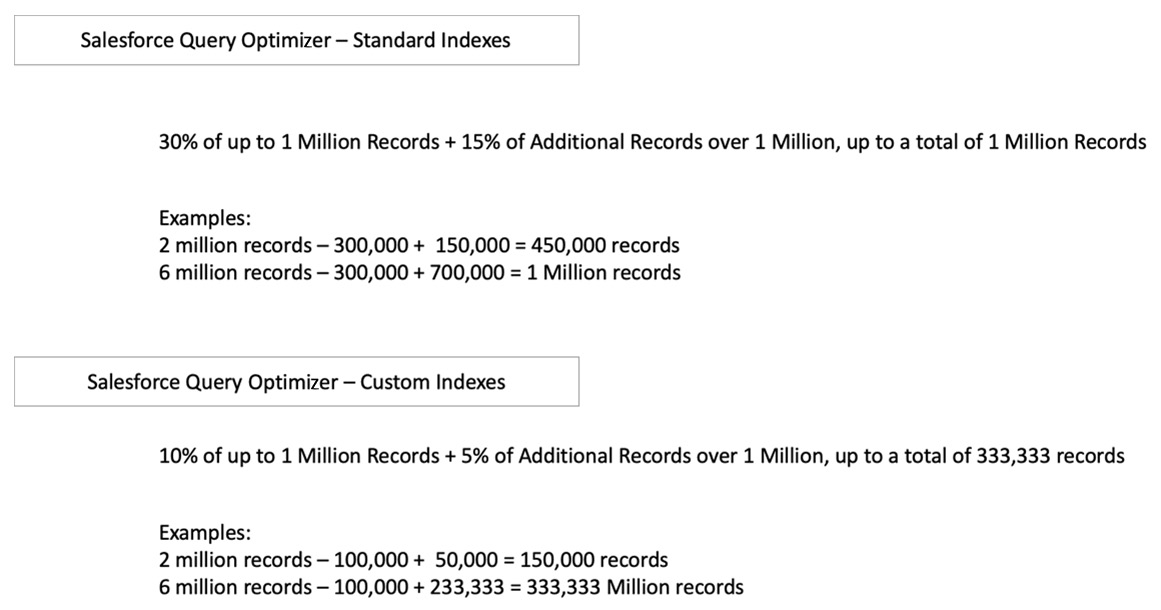
Figure 14.10 – Salesforce Query Optimizer index thresholds
Data migration is next up, so let’s investigate that further.
Data migration
Next up in our journey through the revision aids is data migration.
We covered the stages involved with a typical data migration, so let’s refresh our knowledge here:

Figure 14.11 – Data migration process
Now, let’s move on to accounts and contacts.
Accounts and contacts
In Chapter 8, Accounts and Contacts, we explored the relationships and various join objects for these two core objects on the Salesforce platform.
Let’s review our account and contact diagrams to refresh our memories on this topic, beginning with the Person Account and Contact Role data models:

Figure 14.12 – Person Account and Contact Role data models
Next, let’s revisit the Account Team and Account/Contact Relation data models:
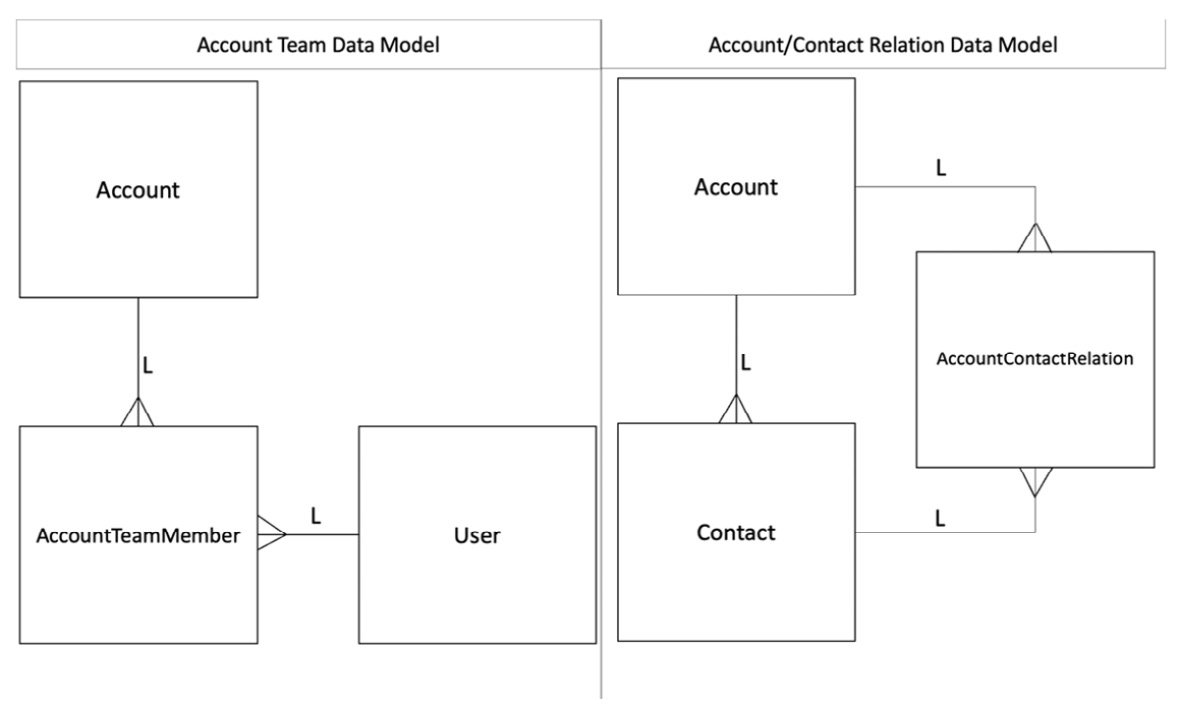
Figure 14.13 – Account Team and Account/Contact Relation data models
With accounts and contacts covered, let’s summarize what we’ve covered in this chapter.
Summary
In this chapter, we’ve introduced several cheat sheets or revision aids that you can use to jog your memory and understanding of several topic areas.
In Chapter 15, Further Resources, we’ll highlight links to further resources that you can explore to bolster your understanding of a given topic area that we’ve covered in this book.
